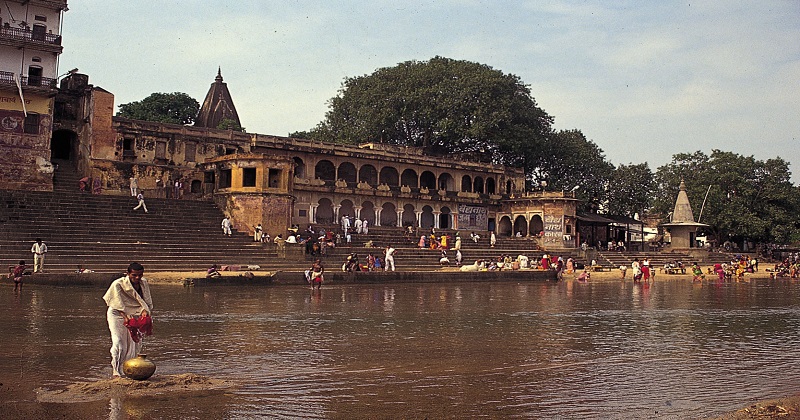
Heatwave to severe heat wave conditions has been reported in numerous regions of India since March. The arrival of early summer has had a significant influence on river bottoms. Rivers are apparently drying up all the time as the warmth continues. A similar image of a dried-up Ganga river in Varanasi has just appeared. Sand dunes typically appear in the Ganges between the months of May and June, but this year they are apparent towards the end of March, which has experts concerned.
Varanasi is one of several areas in India where temperatures have risen beyond 41 degrees Celsius, and the consequence can be seen in the dried-up Ganges. Concerned scientists are warning the public about the problem and providing solutions. Prof. BD Tripathi, Chairman of BHU Mahamana Malviya Ganga Research Center and Ganga Scientist, believes that the flow of water in the Ganges is constantly reducing.
When the flow of water in the Ganges decreases, the rate of siltation rises. As a result, sand dunes were evident. As a result, these were evident. These dunes, which were previously visible in May-June, began to develop again in April-May, but this year, sand dunes began to form in March. This is caused by a lack of flow.
Four scientific explanations for the Ganges’ low flow:
- The first reason is that several dams for hydroelectric generating have been erected in Uttarakhand.
- Second, water from the Bhimgoda Canal in Haridwar is being redirected to other states.
- The third reason is that the lift canals on both banks of the Ganges suck water from the Ganges and use it for irrigation in the fields. This lowers the amount of water in the Ganges.
- The fourth reason is that there is no policy governing how much water may be taken from the Ganges for consumption.
These are the reasons why the Ganga is over-exploited and its groundwater is depleting. According to Pro. BD Tripathi, one of the adverse effects is that pollution in the Ganges grows, as does the hazard to aquatic creatures. Rainwater collection and groundwater recharge, together with appropriate technologies, can be used to address this issue.

Post Your Comments